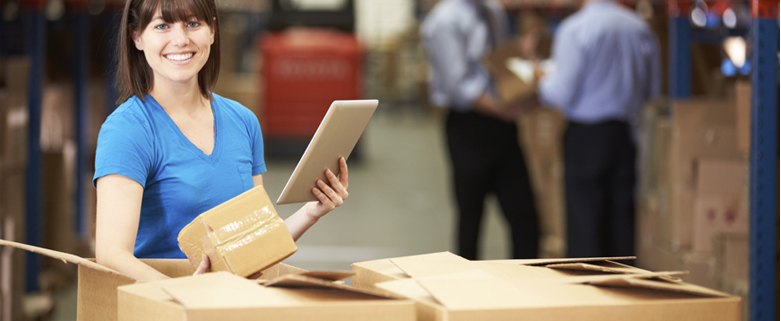Launching an online business entails a lot of hard work. During the initial stages, you’ll tackle fun and exciting asp
Creating Your Product Photography Studio
You’ll need to set up a dedicated photography studio in order to take the best possible product photos. This doesn’t have to be a large space, but it does need to be large enough for your products and equipment and have room for you to move around. Make sure you use tape to mark out where everything is, so if you need to take down the setup you won’t struggle to make it consistent again.
There are at least five parts to a photography studio, including a surface, backdrop, lighting, camera, and potentially a mannequin or other props. The purpose of all these items is to come together and allow you to take evenly-lit photos of your item isolated in plain white space.
If you have the budget, you can purchase a lightbox, which serves as a small photography studio with the correct backdrop and lighting capabilities — then you only need a lamp and camera. We’ll explain cameras in Lesson 3.
However, it’s easy and inexpensive to set up an area yourself that works just as well as a lightbox, and can be built to whatever size your products need. Here’s how to bring it together.
Surface
Your surface can be a floor or table depending on the size of your products. For smaller items, a table is generally easier to work with. Either way, it needs to be smooth, flat, and white in color. You’ll need a vertical surface as well to attach your backdrop, but a wall works fine for this, so setting up at the edge of a room is a good shortcut.
When you’re taking photos of the front, back, and 3/4 view of a product, you need to take them from straight ahead and carefully avoid putting your eye level at a higher or lower angle. Even if this is subtle, it will mess up the proportions in the image, so make sure that between your surface and camera tripod height you’ll be able to take your photos straight on.
Backdrop
Professional photos use a backdrop to focus attention on the item and remove clutter. This also gives your photo a solid, single-color background that makes it much easier to edit images later if you need to. A white backdrop is always best to preserve the colors of the product, even if you place the image on another color of background during post-processing (the image editing phase).
Your backdrop needs to be smooth and as featureless as possible, and come down to meet your surface at a seamless curve. White fabric can work as a backdrop if you can hang it smoothly, but make sure you avoid folds because they’ll cause distracting shadows. Another option is to use a large piece of flexible foam or PVC, available from hardware stores. Clamp one end to the front of the table, and the flexible material should sit flat on top of it and then curve back and upward against the wall. You can secure the top with tape if necessary.
Lighting
For product photography, the ideal lighting has a few requirements. You want the product to stand out in full detail, without any one area being overly bright or dark. You also need colors to appear correctly. Proper lighting is how you accomplish these goals.
Colors look their most natural in sunlight, but you can’t rely on a sunny day to take all your product images — and you’re probably setting up indoors. The solution here is to use a full-spectrum light. While not an exact reproduction of sunlight, full-spectrum lighting is equally balanced between red, blue, and green wavelengths, ensuring the light itself appears colorless. Compare this to an incandescent bulb (which can look yellow) or a fluorescent bulb (which can look blue) — either of those can throw off the appearance of colors. You can find full-spectrum light bulbs for sale online and in art supply stores.
Position your lamp to one side and slightly above the product. To keep the harsh shadows away, place a flat, white object (such as a shoebox) on the opposite side of the product from the light. This will reflect light back onto the product and diminish the shadows, preserving detail. The benefit of using reflected light, rather than a second lamp, is that you avoid the creation of additional shadows.
You can also soften your overall lighting by putting a layer of translucent, white material between the lamp and the product. Tracing paper works well for this.
Mannequin
If you’re selling apparel, a mannequin is much cheaper and easier to work with than a live model. Of course, you can still use models if you have the budget to hire them, but mannequins also have the advantage of being able to remain in an identical position for a series of photos, and some customers also find it easier to picture themselves wearing your product if it’s shown on a mannequin and not another person.
Learn more from other feature courses
To create an online store, you have to be detail-oriented. Harnessing this trait will allow you to locate and implement
In eCommerce, a great deal of work goes into getting that first conversion: turning a casual visitor into a paying custo


